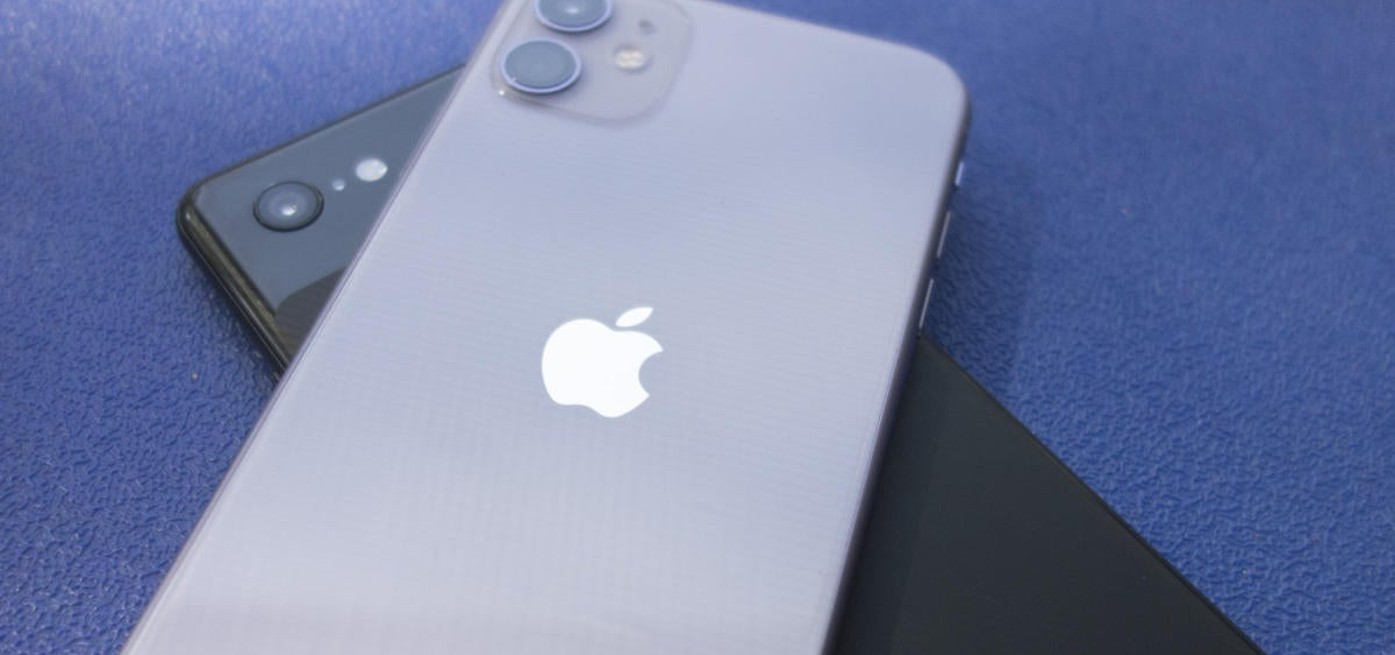
Buying Guide for Portable Signal Jammers
Key Takeaways Consideration Detail Product Weight Jammer Master’s portable jammers average 1.5Kg, significantly lighter than desktop models. Frequency Bands Capable of blocking multiple bands with
Free Worldwide Shipping & 1-Year Warranty!

Cell phone signal jammers are devices used in specific locations such as prisons and schools to block cell phone signals. However, the effectiveness of these jammers can vary depending on various factors. This article will discuss the considerations for the use of cell phone signal jammers in prisons and schools, including the layout of the buildings, distance from surrounding stations, and installation specifications.
When using cell phone signal jammers in prisons, it is crucial to consider the height, layout, and size of the prison buildings, as well as the dimensions of the supervision areas. These factors can impact the effectiveness of the signal jammer within the prison premises.
For schools, the number and layout of teaching buildings or dormitories, as well as the distance from nearby base stations, should be taken into account when using cell phone signal jammers. These factors can influence the coverage and efficiency of the signal jammer within the school premises.
Conclusion: The effective use of cell phone signal jammers in prisons and schools requires careful consideration of various factors. These include the layout and size of the buildings, distance from base stations, and adherence to installation guidelines. By taking these considerations into account, the signal jammer can be optimally installed to ensure efficient coverage and control over cell phone usage within the designated areas.
Our frequency checker tool will help you check all frequency bands used in all country.

Key Takeaways Consideration Detail Product Weight Jammer Master’s portable jammers average 1.5Kg, significantly lighter than desktop models. Frequency Bands Capable of blocking multiple bands with

In an age where the sky is dotted with drones, the importance of drone jammers has never been more significant. From commercial deliveries to personal

Protect your vehicle’s location privacy with a professional guide on GPS jammers. From selection to legal considerations and installation tips, we’ve got you covered. Key

Understanding Signal Blocker: How It Works and Its Applications Signal Blockers are devices that can disrupt mobile phone signals, preventing them from connecting to base

The Application and Benefits of High-Power Signal Jammers Enhancing Signal Blocking Efficiency in Various Environments In today’s technologically advanced world, the need for effective signal

Considerations for Purchasing Exam Room Signal Jammers Ensuring Effective Signal Jamming for Exam Integrity As the year approaches its end, many schools are preparing for

The Importance of Monitoring and Signal Interference Measures During Examinations During examination periods, it is crucial to closely monitor the examination venues and their surrounding

Selecting the Appropriate Cell Phone Jammer for Theaters and Auditoriums Overcoming Challenges in Installation and Maximizing Signal Disruption The Importance of Cell Phone Jamming in

Remote Control of Cell Phone Jammers via Smartphone: A Possibility? With the rapid development of the Internet of Things (IoT), numerous smart home devices have